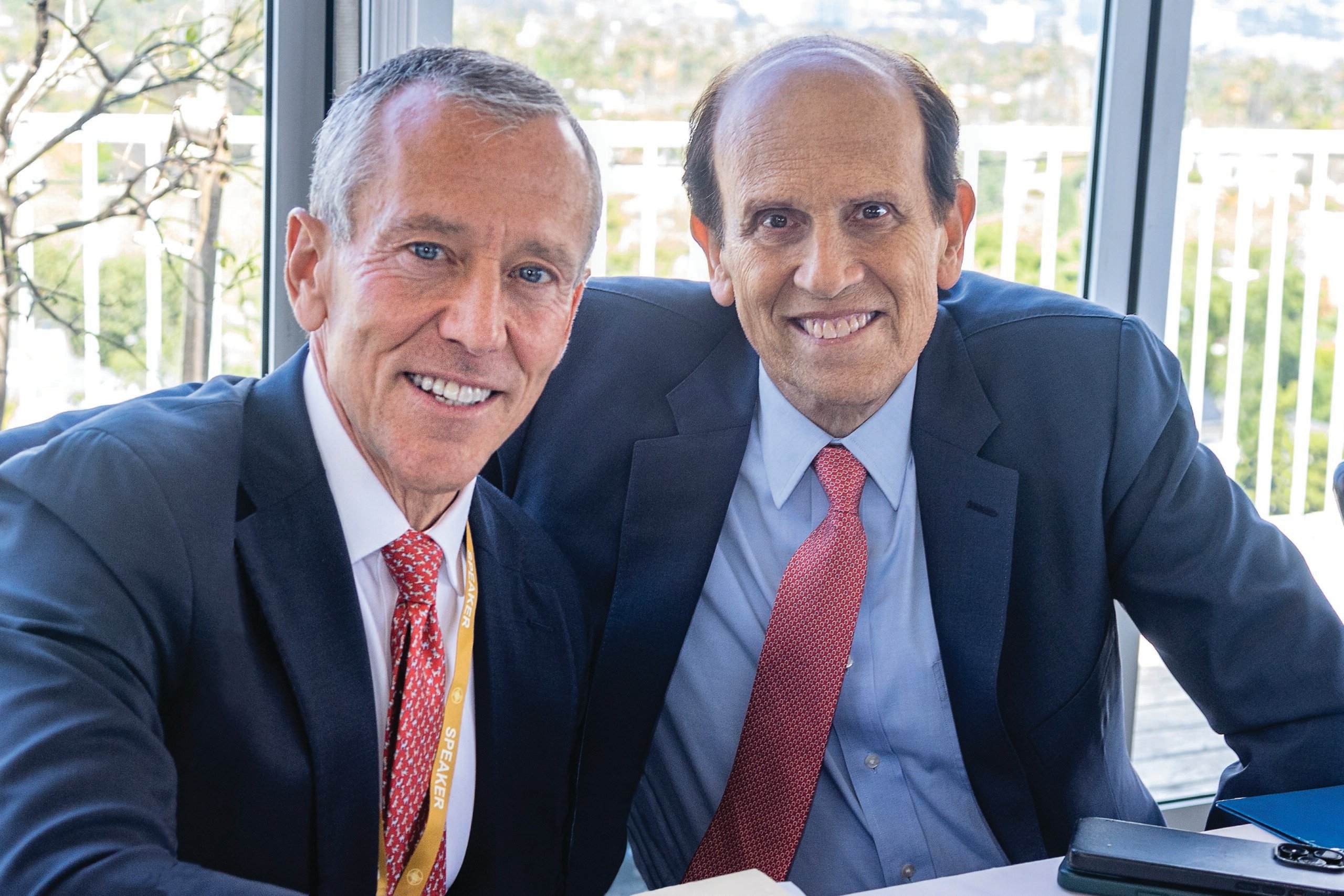There’s an origin story that business magazines and other press outlets love to tell about the so-called unicorns of Silicon Valley. It usually starts with a visionary genius (bonus points for being a college dropout) asking “What if?” What if anyone could run a taxi business? Or a hotel? What if we could connect millions of users to each other?
From these single, brilliant ideas spring forth global businesses worth hundreds of billions of dollars, fueled by outside investment from angels, venture capitalists, crowdfunding, private equity, and the pot of gold IPO.
I have been working with and writing about entrepreneurs and their paths to success my entire career, including the past seven years as chairman of Birthing of Giants, the premier CEO school for fast-growth business owners. And I can assure you that while these stories do happen, they are the exception, not the rule. Buying into this myth wholesale can be problematic, to say the least. Just ask investors in Elizabeth Holmes’s Theranos.

In the real world, brilliant ideas simply aren’t enough to create highly successful businesses. Smart companies begin with an idea that is not only innovative, but also practical, based on knowledge and experience, and easily scalable from zero. In the many years I’ve spent working with entrepreneurs, I’ve come to recognize a pattern among successful small businesses that later transform into even more successful big businesses. While there’s plenty of room for variation, smart businesses typically share five traits. They are:
1. Self-Funded
Many entrepreneurial businesses that make headlines often start off in debt, or they launch with their owners’ equity sorely diluted. Consider the high-tech startup that has raised money five times before being bought. The “founder” is left with 5% of the business after raising money over and over again, their share diluted each time. Even if this company is sold for $100 million, the founder walks away with $5 million for years of hard work. After paying taxes on that money, this founder is going to have to get a job. A better approach is to start small enough that you and your partners can fund the launch entirely—and retain 100% of the equity.
2. Profitable
In the Silicon Valley origin story, the brilliant idea is followed by a period of huge investment and equally huge losses in order to build a defensible market share. Whether you call it critical mass, network effect, or something else, this strategy may have paid off for now-giants such as Amazon, Facebook, or Google, but the battlefield is littered with corpses of well-funded failures like MySpace, WeWork, or Pets.com. Founders brag about their burn rate as if it were a badge of honor. It might seem painfully obvious to say, but achieving profitability quickly is a better approach. Not only does it let you launch with less, but it also means that as you continue to make money, you can plow those profits into sustainable growth.

3. Technology Driven
If you can leverage technology to make your business more efficient and productive than the competition, you’re off to a great start. Large, well-established businesses are wary of the latest technology because it is risky and they’re already heavily invested in their legacy technology. Being tech-driven delivers two benefits: It makes your larger competitors vulnerable, and it presents an opportunity for selling your tech-enabled service to a larger company by essentially taking on the risk they’re trying to avoid. If your tech is proprietary and difficult to reproduce, you are even better off, because you’ve created a highly defensible competitive position and you have the opportunity to scale dramatically—for example, by introducing an “as-a-service” (aaS) business model.
4. Service Providers
World-changing products like iPhones and Teslas are awesome, but astute business owners prefer to sell services. Why? Because service (especially professional service) businesses often require less upfront investment than manufacturing and make money sooner. They can also scale relatively smoothly.
5. B2B-Focused
Small businesses that sell to larger businesses rather than to consumers have a lot of advantages. A few large customers are easier to market to and service than thousands of small ones. They are also less fickle than consumers, letting you build ongoing relationships. More importantly, outsourcing certain services to small companies is extremely attractive to enterprises. Instead of hiring and training staff, they can get what they need first and pay later. They needn’t invest in unfamiliar technology. And they can scale operations up and down easily. These factors all increase risks for the smaller business—such as cash-flow crunches and paying for technology that doesn’t always pan out—but they can spread this risk across multiple customers.
How It Works: 3 Real-World Examples
In the program I lead at Oxford University, Moonshots & Moneymakers, I work with a select cadre of entrepreneurs looking to make their businesses smarter. The goal is to build a business that can grow profitably and sustainably without major outside investment—what I call a Moneymaker.
There are as many paths to creating a Moneymaker as there are entrepreneurs, but one of the best is gaining experience and expertise working for a large company before striking out on your own. That’s how Donna LaVoie created LaVoie Health Science, an integrated strategic communications firm. Donna served as vice president of investor relations for a NASDAQ 100 company but looked for the exits when it was acquired. “At that point, I had a chance to take a step back, and as a buyer of services, I really felt that there was a big opportunity to put something together that was different,” she says. “Starting a business, when you work inside of a larger company, and figuring out what the company needs, is a really great place to start.”
Stacia Nelson founded her Moneymaker after leaving Target Corporation. In 2015, she launched Pivot Strategies, a communications agency specializing in internal communications, organizational change management, and environmental, social, and governance (ESG) reporting. “What I learned in that first six months of consulting was that coming to the table with experience in navigating a corporate environment that’s complex and global and matrixed allowed me to have a huge leg-up.” The leap into entrepreneurship paid Stacia off in spades. Her first three clients were Nike, American Express, and Cargill.
Andrea Fryrear, CEO of marketing consulting and training company AgileSherpas, notes that when she led a corporate internal marketing team, she could mull new ideas, test them out, and validate them while receiving a salary. Now, she can use that experience to service multiple enterprise-level clients—which, she points out, can be highly reliable, even if payment terms are not so favorable. “The good thing is there’s no worry they’re not going to pay you,” she says. “You don’t have to worry that your [accounts receivable] is in danger. You might not get it as fast as you want it, but it’s not in danger.”
As these three entrepreneurs have discovered, building a moneymaker is a matter of transforming your knowledge and experience into a sustainable, scalable business that is its own reward. But for the truly ambitious, a Moneymaker can also serve as the launchpad for a moonshot—an opportunity to multiply revenue and profit into the stratosphere. I look forward to telling you how in a future column. In the meantime, you can watch my interview with Donna, Stacia, and Andrea by signing up for my free monthly video series, How I Did It.
Lewis Schiff runs the Birthing of Giants Fellowship Program, a one-week guided strategic planning process that’s attended by the owners of the fastest-growing companies in the world. He also runs Moonshots & Moneymakers: The Oxford Innovation Conference for American Entrepreneurs.













